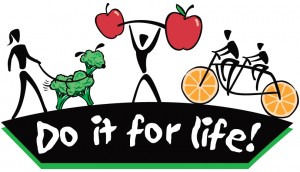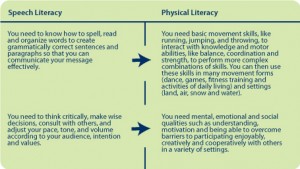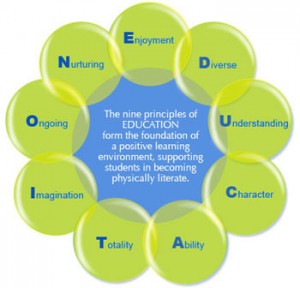Definition of Physical Literacy
Individuals who are physically literate move with competence and confidence in a wide variety of physical activities in multiple environments that benefit the healthy development of the whole person.
Why Is it Important?
Physical Literacy provides a solid foundation for children and youth to develop the skills, knowledge and attitudes they need to enable them to engage with poise and confidence across a wide variety of activities. The development of physical literacy is now a reality for educators and practitioners and many provincial physical education curricula now identify the development of physically literate students as the major outcome of physical education programs.
From the : http://www.phecanada.ca/programs/physical-literacy
“Almost fifty years ago, Ted Shawn, the renowned dance choreographer and performer, made an appeal for a physical literacy focus in PE. He wrote:
I hope that the day comes when all children, from their first start in the primary grades, learn to use human movement as a language equally and along with their learning to communicate by speech and by writing. We would then have in a few generations a physically “literate” adult population; for today, in spite of “physical education” (which confines itself largely to teaching athletic sports) we have mostly physical illiteracy- only one in a million can communicate and read communications through gesture (1965, pp. 89-90).” (Robinson & Randall, pg. 241, 2013)
Read this article: Physical Literacy Concept Paper Madigo et al. http://canadiansportforlife.ca/sites/default/files/resources/Physical%20Literacy%20Concept%20Paper.pdf
Physical Literacy Educational Strategies


